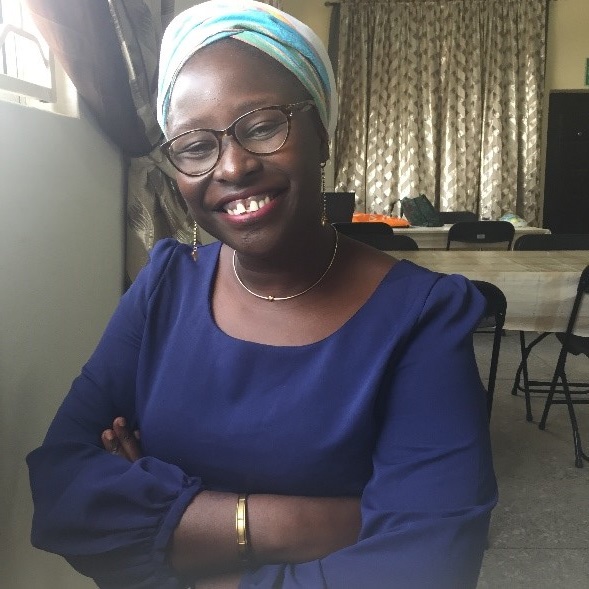
Voices from North-East Nigeria: How ETS services are supporting humanitarian operations
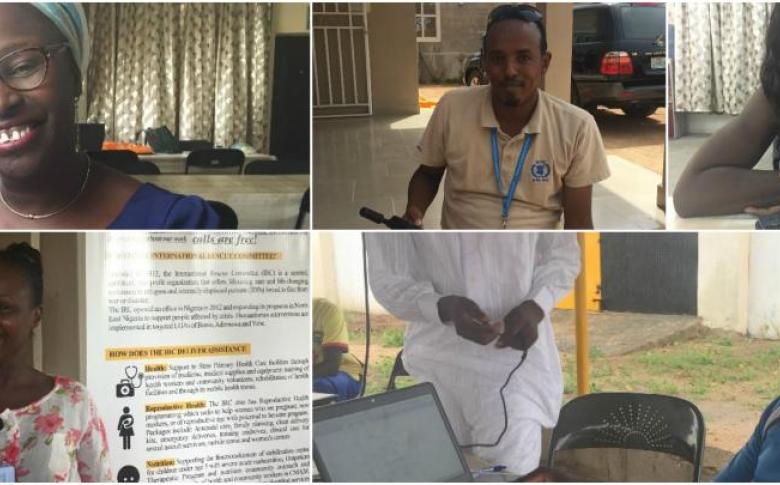
As darkness starts falling over Maiduguri and the skies turn to dusty grey, the population of the International Humanitarian Partnership (IHP) base camp, locally-known as Red Roof, begins to turn up and exchange a few words with colleagues over dinner. When stomachs are full, laptops take centre stage and the number of humanitarians connected to the Emergency Telecommunications Sector (ETS) Internet services grows every minute.
Since February 2017, over 500 humanitarians from 43 organisations have accessed the Internet services provided at the Red Roof with the support of Emergency Telecommunications Cluster (ETC) members Ericsson Response, the Government of Luxembourg and the World Food Programme (WFP).
Here are some of the voices from ETS users from across North-East Nigeria.

Sylvia Opinia from the UN Population Fund (UNFPA) arrived at Red Roof at the end of January this year, making her the first female resident of the IHP base camp. Since then, she has received radio training, support and Internet services from the ETS. As lead of the Gender-Based Violence subsector in North-East Nigeria, she needs to engage constantly with partners on the ground. “3G services are very unreliable. I make most of my conference calls from Red Roof as the Internet is much more stable than in my office,” Sylvia explains. “When I was the Officer in Charge (OIC) in UNFPA, I had to liaise with the ETC team regarding the installation of radios in the cars and programming of radios for new staff and they were always very responsive. I want to emphasize the professionalism and the accessibility of the ETS team at all times.”
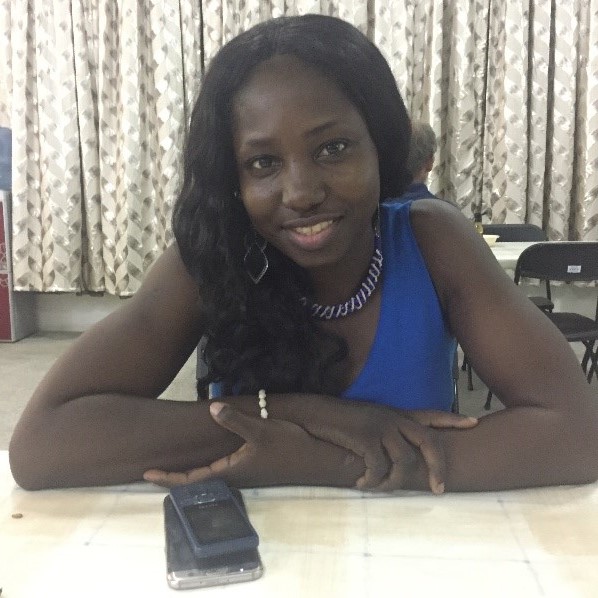
Although based in Abuja, Miriam Kpanaki from Christian Aid UK spends extended periods in Maiduguri. This Humanitarian Programme Officer is the coordinator of the Emergency Humanitarian Response project funded by the Swedish International Development Cooperation Agency (SIDA), a key ETS donor. She helps some of the most vulnerable populations affected by the conflict in Konduga, close to Maiduguri. When I asked her about the Internet services provided by the ETS, she replied firmly: “The most reliable services in Maiduguri. Every night I have to coordinate activities, organise partners and write reports. I know I can count on the ETS connectivity services to finalise my tasks on time.”
But not all the action is happening in Maiduguri, the ETS nerve centre. ETS team members travel extensively across Borno and Yobe states to ensure the communications needs of the humanitarian community responding to the emergency are addressed. Due to the volatile humanitarian situation, a WFP security officer accompanies the team in each of the missions.
Abdosh Osman joined the ETS mission to Gwoza in September. There are three things that he never leaves behind: a heavy black trauma backpack, Personal Protective Equipment (PPEs) for the team and his Iridium Push-To-Talk (PTT) device. The PPT service is being provided by the ETS to the humanitarian community. It has an operational coverage of 300,000 km2 across North-East Nigeria and the bordering areas of Niger, Chad and Cameroon.
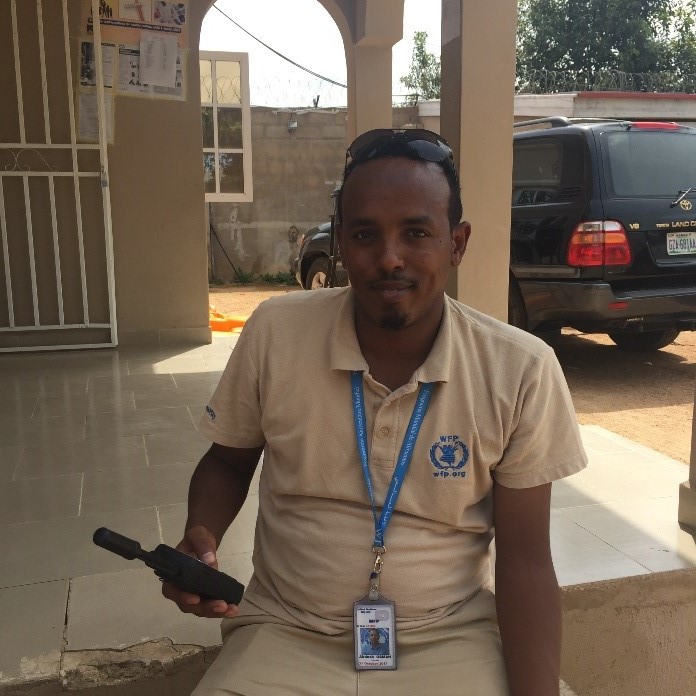
“The value of effective communications is vital in this unpredictable context. Without them, we could not conduct missions in deep field locations where voice and data services are not available from Mobile Network Operators (MNOs),” explains Abdosh, “the Iridium PTT is a cost-effective, user-friendly and reliable solution, allowing easy communications with the Communications Centre (COMCEN) and timely emergency reporting.”
When Abdosh, myself and the two ETS security telecommunications specialists, John Lobaton and Abdoulaye Boubacar, landed in Gwoza, a driver from the International Rescue Committee (IRC) was waiting to take us to their premises. While Abdoulaye was busy reprogramming handheld radios, John delivered a training on security telecommunications procedures to 24 IRC staff.
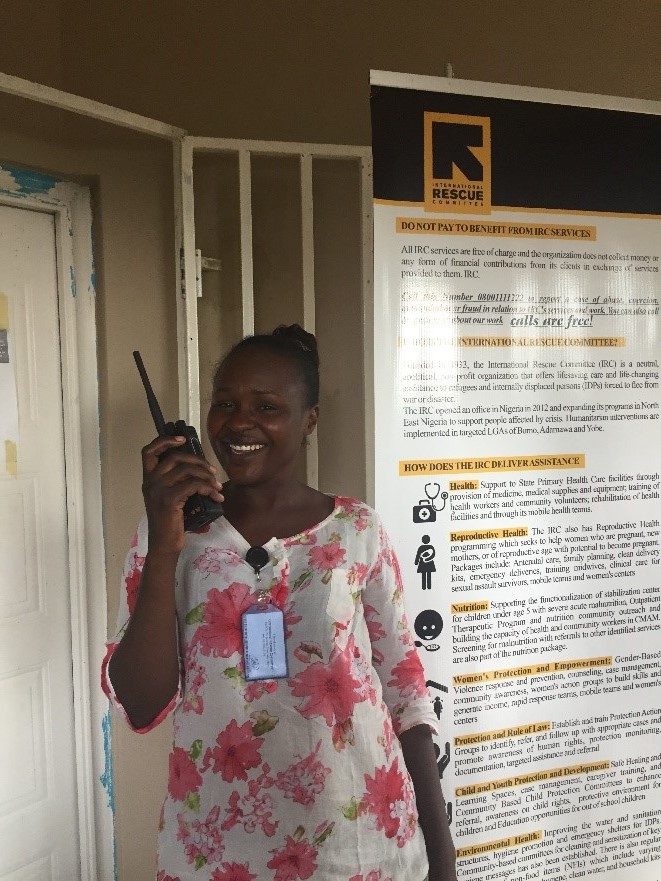
Keziah Patrick, who works at the Comprehensive Woman Centre run by IRC in Gwoza, took part in the training: “As we conduct interventions with Internally Displaced Persons (IDPs) and local communities in several field locations, I have been using radios to communicate with my colleagues about staff movements and reporting incidents,” she says, “but I did not know the basic radio language. This is the first ever radio training I have received and I feel more confident now about communicating effectively over the radio”, Keziah concludes.
Heavy rains poured down on us on our way from IRC to the humanitarian hub in Gwoza. While John and Abdoulaye were carrying out maintenance works on the ETS equipment deployed at the hub in Gwoza, I sat down with Abdullahi Abdulrazak, a Monitoring & Evaluation (M&E) officer from Plan International and usual guest at the hub in Gwoza.
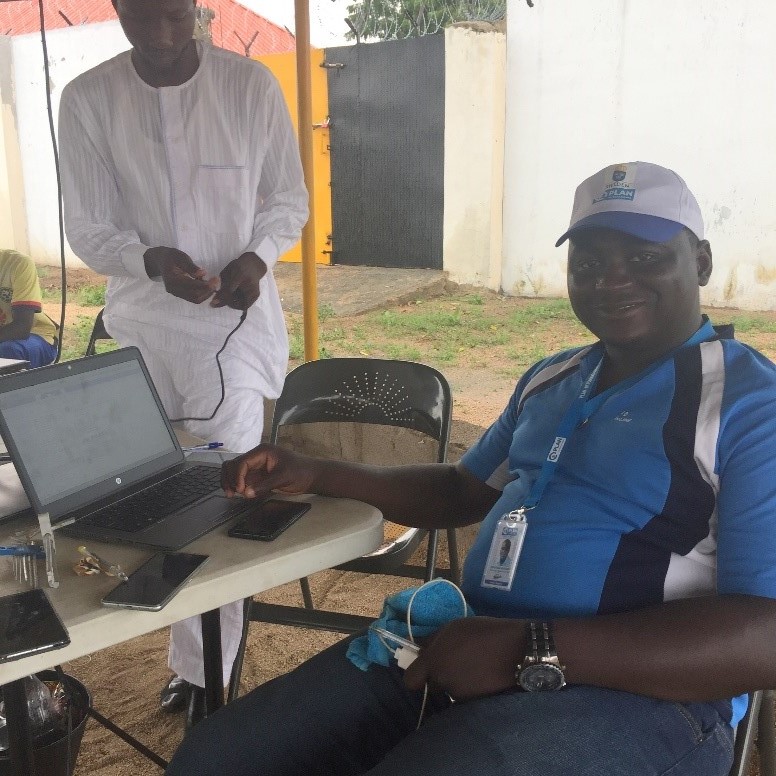
Under the mango tree that offers shade for the social area, Abdullahi described the cash transfer activities that Plan International is carrying out in Gwoza. “Without the Internet provided by the ETS at this camp, we could not upload the beneficiary data collected to our database,” he points out, “we would have to take the mobile devices to Maiduguri and upload the information there. This would have a huge impact on the timely delivery of assistance.”
When trying to achieve a project in an emergency operation, sometimes it is hard to reflect on how the activities carried out have an impact on the overall response. Sylvia, Miriam, Abdosh, Keziah and Abdullahi are a few examples of how the ETS is serving humanitarians daily. Their stories encourage the passionate ETS team to continue delivering high quality services across North-East Nigeria.
By Erika Iglesias, deployed as ETS Information Management Officer, IT Emergency Preparedness & Response branch, World Food Programme